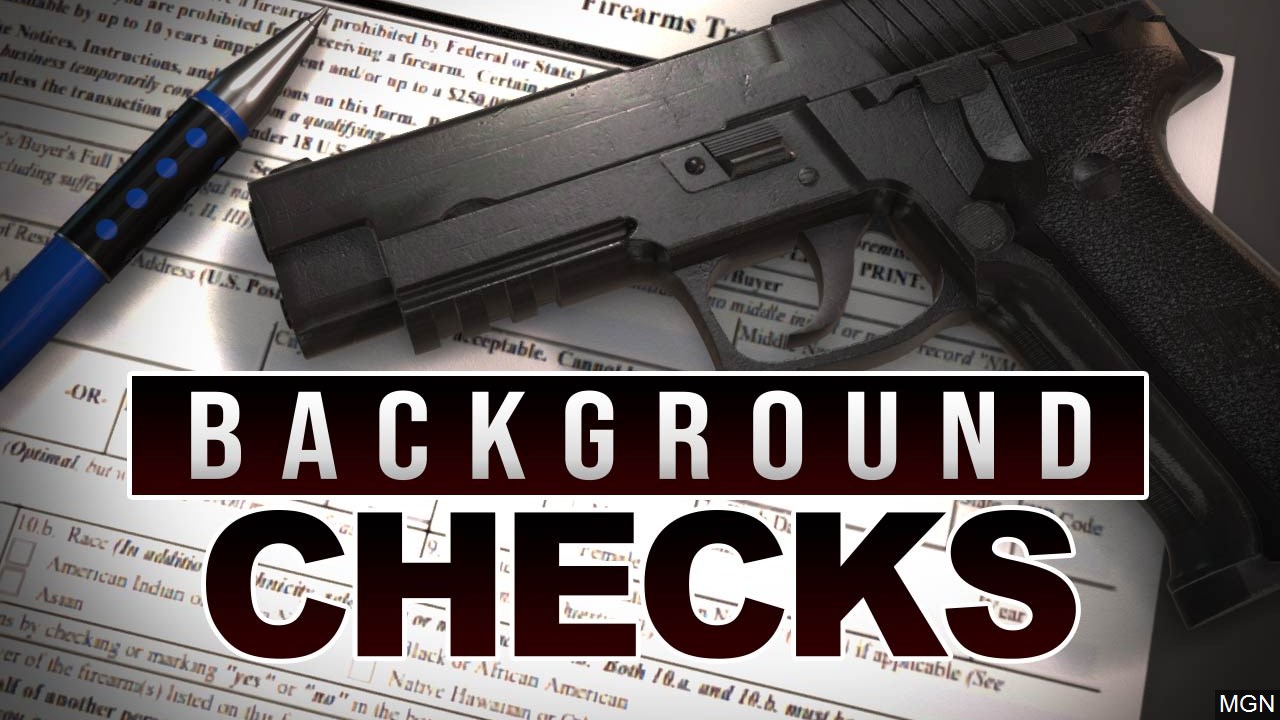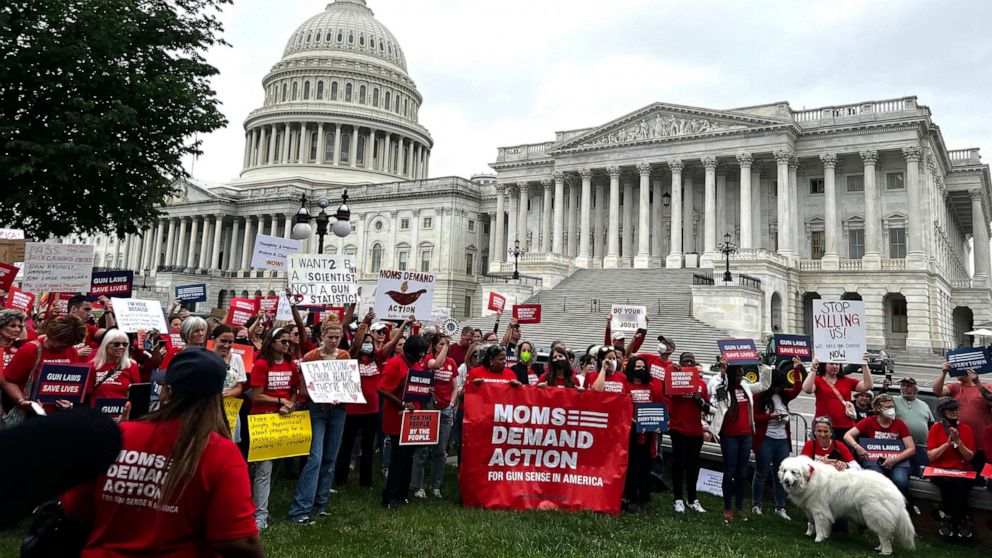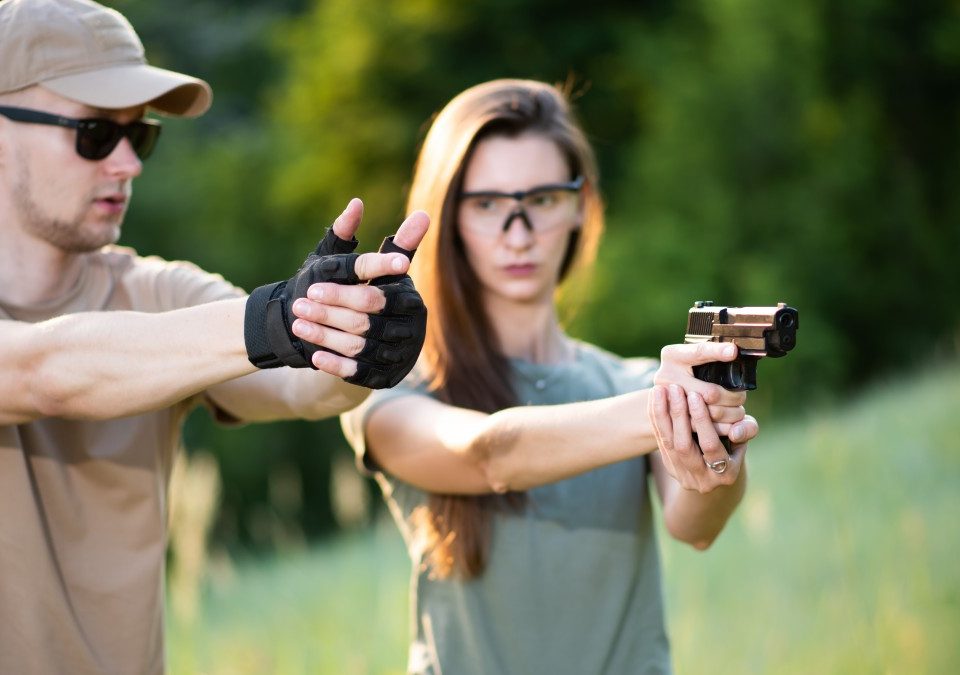
Tactical gun training emphasizes the importance and effectiveness of defensive tactics in hostile environments. This type of training is used in close quarters and requires instincts and milliseconds to identify threats and retain shotguns. This training teaches you how to make the most of your environment. Close Quarters Defensive Shotgun, for example, teaches you how to shoot in tight spaces. Learn to utilize your environment to protect yourself, others and get back to work quickly.
Basic shotgun
You can enroll in a basic course in shotgun shooting safety if you're a novice shooter, or if you simply want to improve your shotgun skills. These courses are designed to introduce the basics of firearm safety, the four cardinal rules of gun safety, and the use of deadly force in South Carolina. Also, you'll learn how to store your firearm properly. Basic shotgun skills will include how to use different types and sizes of shotgun shells as well site picture, foot spacing, engagement B-27 targets, etc.

The majority of courses include range fees and safety equipment, as well a round for trap shooting. These rounds allow new shooters to focus on moving targets. Anyone 18 or older can take basic shotgun training classes. To be able supervise children under 13 years old, a parent must accompany them. Typically, the cost of these classes is $300 for eight hours of training. Some classes require students that they purchase their shotgun shells.
Defensive shotgun
Shotguns can be used as self-defense tools, but they can be difficult to use. Before you defend yourself, it is important to know all about shotguns. There are many methods to get familiar with the gun, including defensive shotgun training. This training will teach you how to use your firearm safely and how to defend yourself in an emergency.
Shotguns are widely misunderstood, despite their popularity as a self-defense tool. It is important to have a good understanding of the capabilities and characteristics of defensive shotgun training. Defensive shotsgun training bridges that gap between foundational shotgun skills as well as the mindset to be able to endure in a defensive position. The course will include live fire drills that simulate real-life situations to help students develop confidence and their ability to manage a situation.
Protection pistol
This course teaches the basics of defensive handgun handling and also includes the tactical shotgun. This course teaches you how to shoot the shotgun at medium and short distances. Safety rules and shooting range exercises are part of defensive handgun training. This course is for those with at least a year of shooting experience. This course will help to explain the role of your gun in every situation.

The National Rifle Association certifies instructors. To give you the skills to defend yourself, a good program will include tactical shotgun and defensive handgun training. This course is intended to teach tactical shooting principles and stress simulated lethal encounters. Anyone who wishes to be able to defend themselves in hostile situations will find this course invaluable. This course is great for anyone who has a firearm and wants to be more confident.
FAQ
What is the most important thing about hunting animals?
How do we get there? First, we need to know how to shoot accurately. Next, we need to learn how to hit the target. And finally, we must learn how to make adjustments when we miss.
The most important part of hunting is knowing what you're doing. If you don’t understand the basics of hunting, you won’t be able to improve. While you may think that you've improved by taking better shots, the fact is that you won't be able to use those shots as a guide. This holds true when it comes to hitting targets. If you don’t get why you’re not succeeding, you won’t be able to change. This means that you must know what you are aiming for.
Knowledge is key. Your ability hunt depends on how well you know the animal you want to kill. It's important to understand all you can about animals when you're outside in the wild. It is important to understand their habits, behaviors, and personalities. You can plan your hunts in this way to ensure they run smoothly.
Learn from those who have succeeded in the past. This topic is covered in many books. In addition, there are websites like www.thehuntingzone.com that offer great tips and advice. You can also find people with years worth of experience. They can help you to identify what works well and what doesn’t.
Once you are confident in your knowledge, you can start to practice. Practice makes perfect. However, you shouldn't just practice until you feel good. Instead, practice until confidence is built. Confidence allows you to relax and enjoy the process. Relaxation allows you to focus on the task at hand. Concentration is key to maximizing every opportunity. Opportunities will only appear if you are calm and focused.
Now it's time put your new skills to work. If you fail, don't be discouraged. You can keep improving and practicing. Eventually, you'll find success.
Is it possible to hunt without a licence?
Yes, you can hunt without a license. But, you're breaking the law.
You could be subject to fines or even imprisonment.
Some states allow residents to hunt without a license. Find out if hunting is allowed in your state by checking with the department of Natural Resources.
What gun works best for hunting?
The most effective weapon for hunting is a.22 caliber rifle. This rifle is lightweight and portable. You can also shoot at great distances with it.
You should not expect an attack by a prey to make this firearm most useful.
You don't want your ammunition to go to waste by hitting a tree. It is important to aim at your prey with a clear shot.
If you are looking to hunt bigger game like deer or elk, a rifle of the.30 caliber can be used. However, it's heavier than a.22 caliber rifle.
You will need to practice more to achieve the same level of accuracy with a 30-caliber rifle.
Statistics
- Licenses dropped from a peak of roughly 17 million in the 1980s to 15 million in 2019, according to The Seattle Times. (stacker.com)
- - Percent of residents with paid hunting licenses: 0.7%- (stacker.com)
- According to the Wildlife Restoration Act, passed in 1937, most of the state conservation efforts are funded through hunting and fishing license sales and firearms sales. (stacker.com)
- Thanks to the 1937 Pittman-Robertson Act, an 11% excise tax was placed on the sale of firearms, which were then used for conservation. (stacker.com)
External Links
How To
How to pick the best hunting spots in the forest
The first thing we should do when looking for good places to hunt is to know what kind of game we want to hunt. There are many types of wildlife and birds that live within forests. If you don't know what kind of animal you want to hunt, there won't be any places where they can be caught.
The forest is home to two types of animals: small mammals and large mammals. Deer, elks, mooses, caribous, bears, wild boars, and wolves are all examples of large mammals. Small animals include rabbits. Each species requires its own specific habitat, so you must choose the right location before going out into the woods. To find out if there are endangered species in your area, you can search the online flora-fauna list. Make sure the area you intend to hunt is free from poaching if you want to hunt that species.
If you decide to hunt a particular species, then you'll need to know how to properly set up your equipment. Because it can affect your success rate, it is important to have the right equipment. For example, if you're hunting a rabbit, you'll need a gun that shoots accurately at close range, while if you're hunting a larger animal such as a deer, you'll need a rifle capable of shooting long distances. You'll also need some bait to attract your prey. Some people recommend placing meat into a trap to lure animals, while others prefer peanut or corn butter. No matter what method you use, you must adhere to the laws and regulations in the country you are hunting.
When choosing a hunting spot, you'll need to consider several factors including the weather conditions, terrain, vegetation, wildlife population, and accessibility. When selecting a place to hunt, always remember that the most important factor is safety. You should ensure that there are no predators or dangerous animals in the area you choose. In addition, try to avoid areas where there are too many people, especially during hunting season. It is important to note the seasons when hunting, as this will help you decide the best time to hunt.
When picking a hunting spot, you should also think about the weather. This is very important because it determines the number of animals that will be around. The ground is covered in snow when the temperature drops to below zero Celsius. The thick snow layer makes it difficult for coyotes, bears, wolves, deer and other animals to be seen. If you have a clear day, however, you may be able to spot these animals. In summer, temperatures can reach 30 degrees Celsius and the sun heats the earth. Animals seek shelter in the heat and move away from it to make it easier to locate.
You should also consider the terrain. It is easier to walk or run on a flat surface, but it can be difficult to do so on uneven surfaces. Steep slopes are harder to climb, and rivers and streams often cause muddy trails. Try to find a place that doesn't have any obstacles, so you can easily travel through the area.
It is important to look at the vegetation in addition to the terrain. The environment can affect the size and density of plants. Smaller animals will benefit from shade and shelter provided by large trees, while smaller animals will be sheltered and protected by shrubs and bushes. Dense vegetation is the best option if you are looking for large animals.
Finally, you should also pay attention to the amount of wildlife. Statistics show that there are over 100 million deer in North America. They eat almost half of the food produced by crops, and they play an essential role in maintaining biodiversity. They can also become pests and endanger the ecosystem if their numbers grow too fast. It is important to maintain a balanced population.